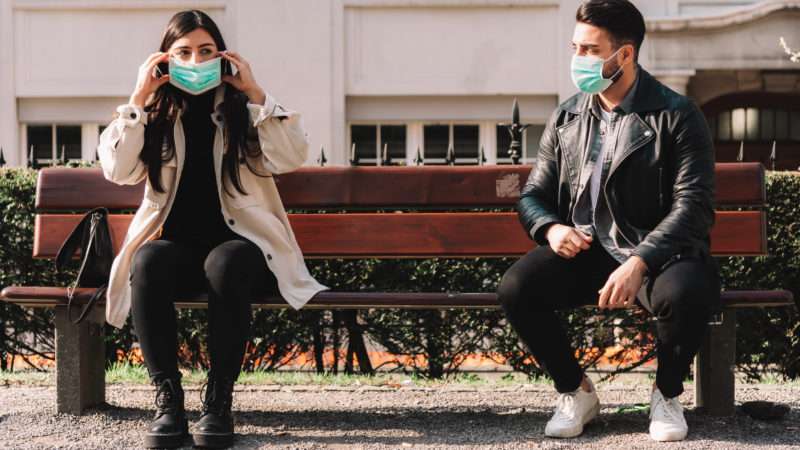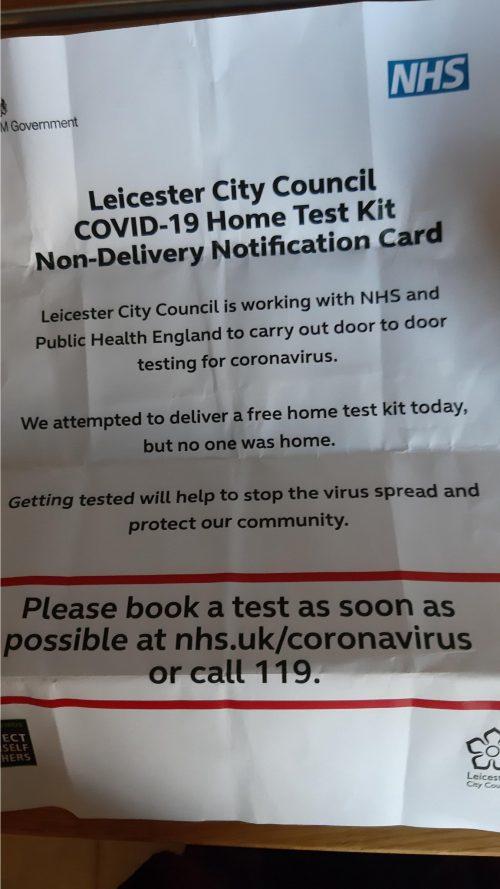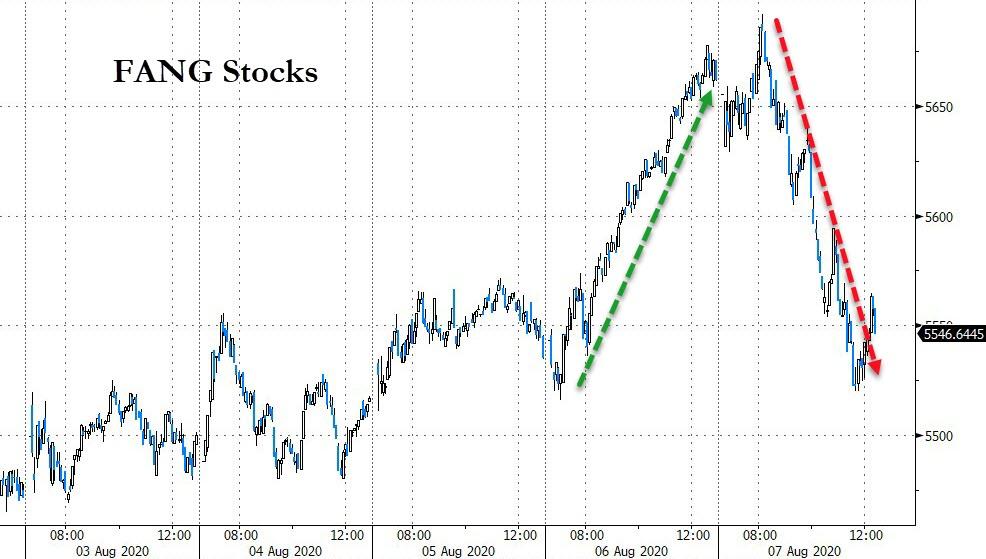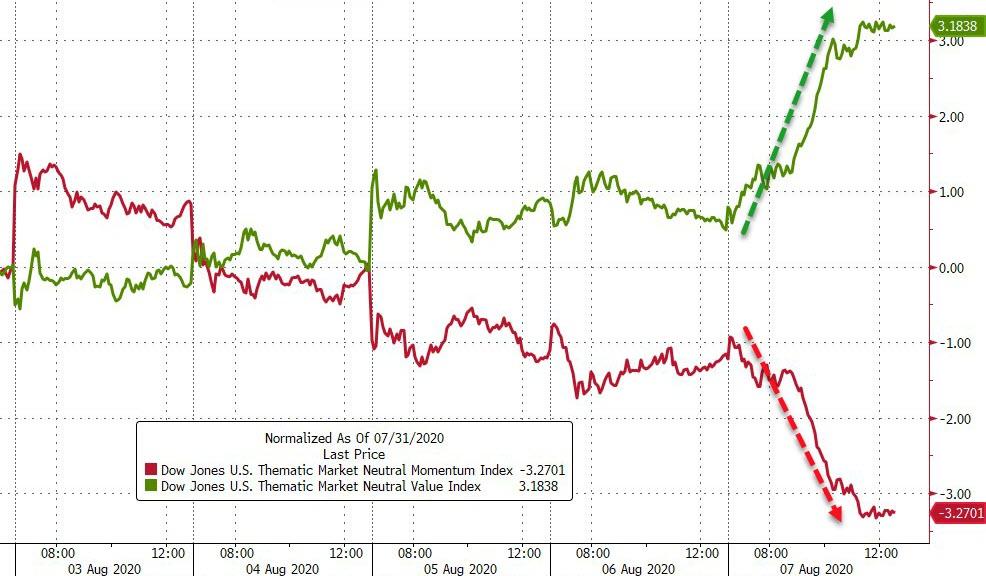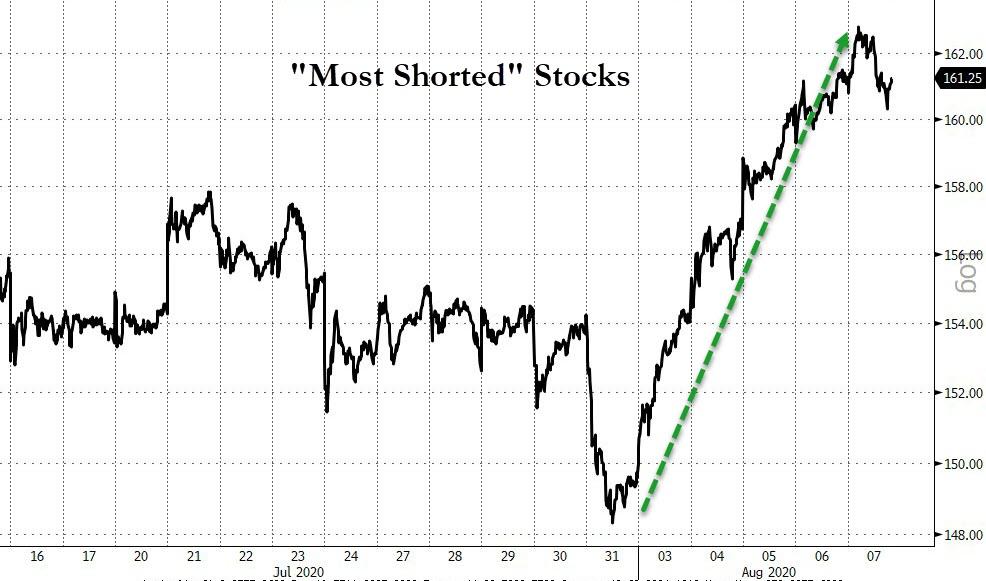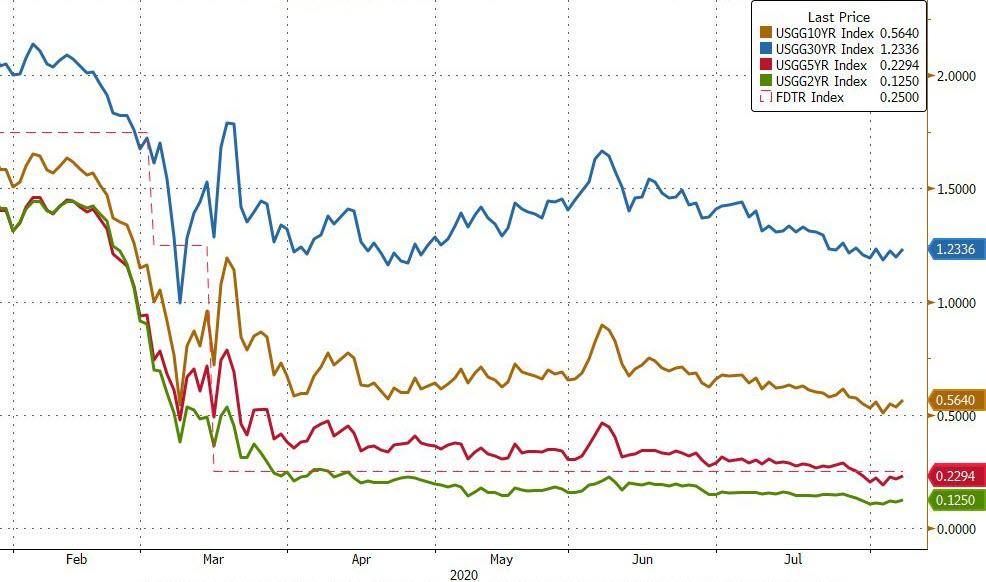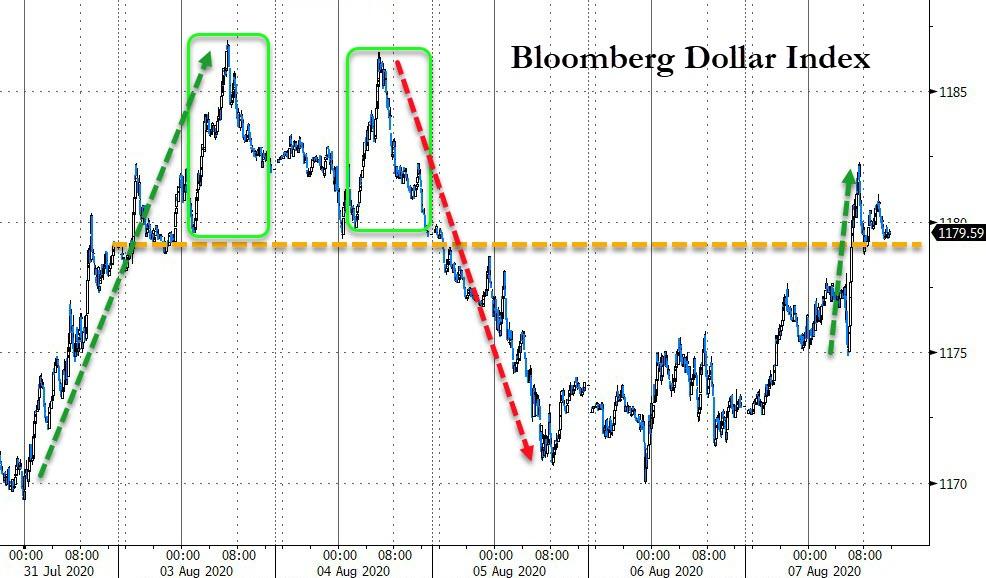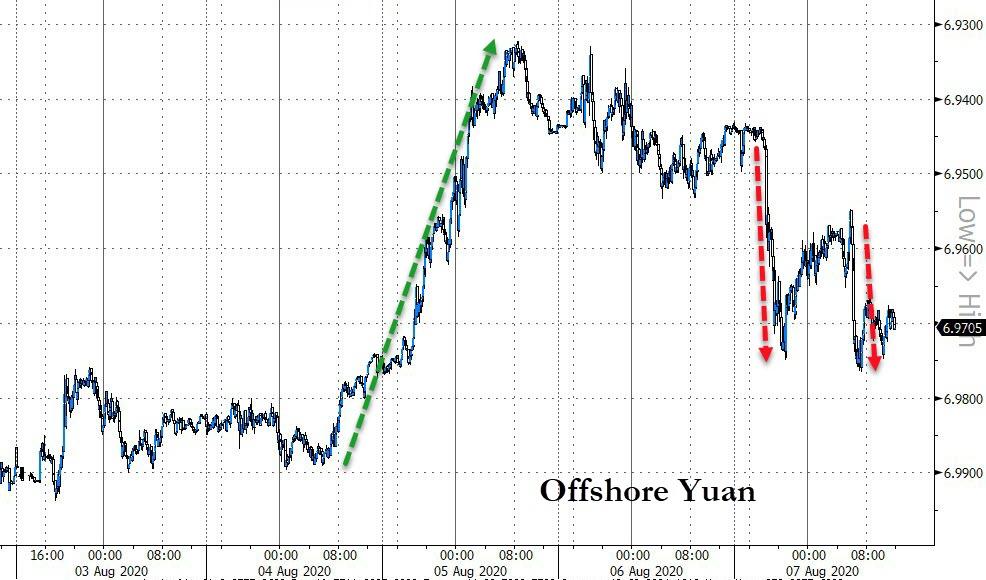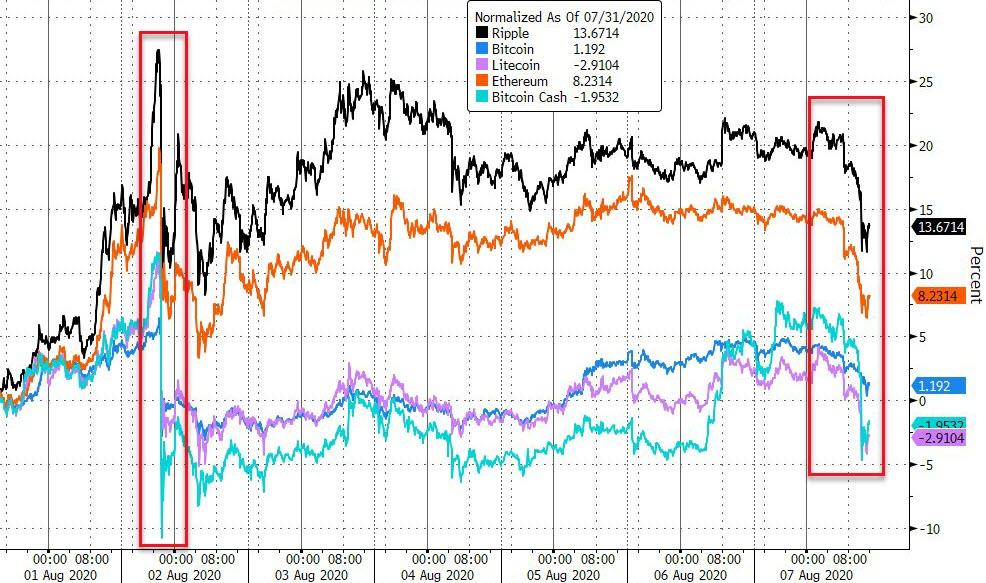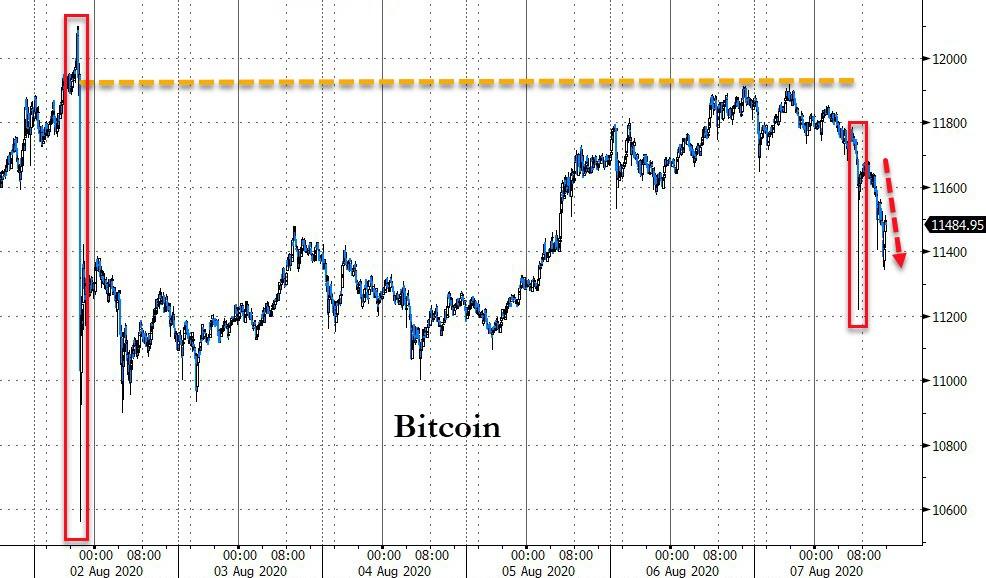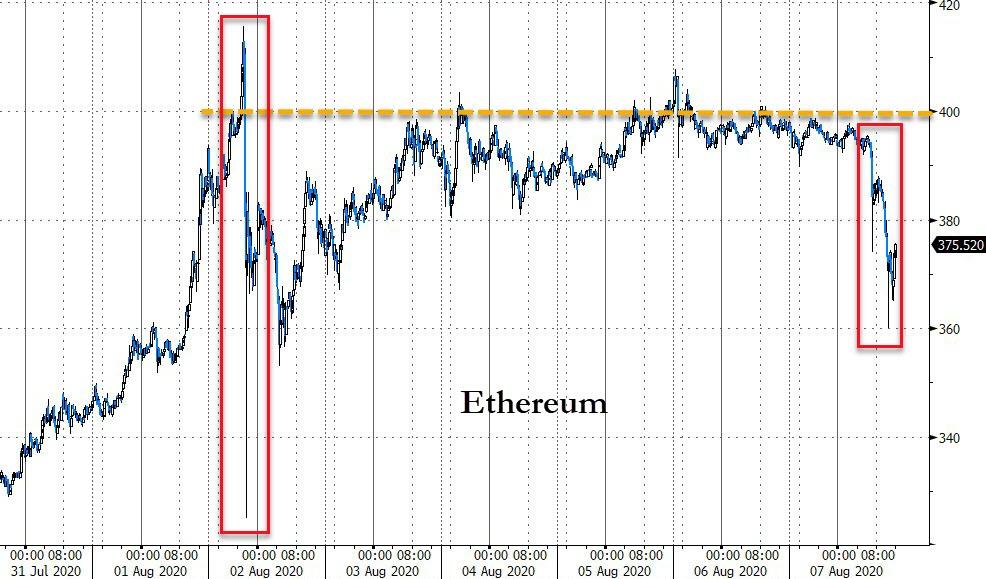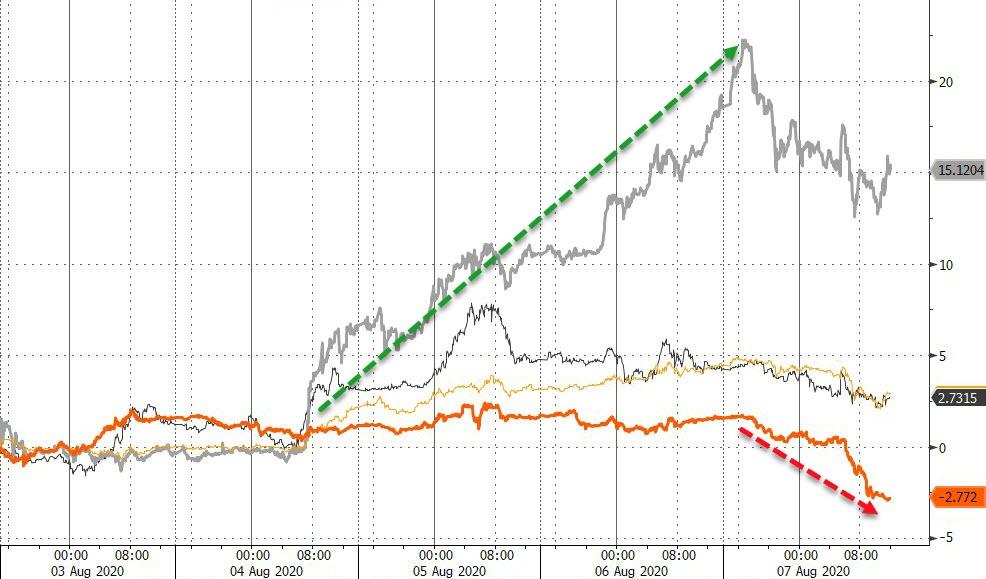According to The Verge (Adi Robertson), Kevin Alfaro was trying to identify a masked police officer at a protest:
[A] now-deleted [Tweet by Kevin Alfaro] included a photo of a masked on-duty [Nutley, N.J.] police officer with a request that “If anyone knows who this bitch is throw his info under this tweet.” Because of the mask, the officer is not readily identifiable from the photograph, and there do not appear to be any replies revealing his identity….
Alfaro’s GoFundMe describes a June 26th Nutley For Black Lives protest where young anti-racism demonstrators were confronted by pro-Christopher Columbus counter-protestors. The groups were eventually separated by barricades and police, although News 12 New Jersey reported that no arrests were made.
The campaign description says Alfaro was upset by officers who were “very friendly” with counter-protesters and covered their badges, a practice that some officers across the country have adopted to dodge complaints from protesters. “In an attempt to identify a specific police officer who was befriending someone harassing me, I uploaded a photo.” His tweet includes a picture of the “Thin Blue Line” American flag printed on Sandomenico’s mask — a symbol that’s used to signify police solidarity but is fraught with racist associations.
Various people, including Georgana Sziszak, retweeted Alfaro’s Tweet. Now the Nutley Police Department has filed criminal charges against Alfaro, Sziszak, and the other retweeters. I got the Sziszak charging document, and here’s my sense of the matter.
[1.] N.J. Stat. 2C:33-4.1a(2), under which Sziszak is charged, provides, in relevant part,
A person commits the crime of cyber-harassment if, while making a communication in an online capacity via any electronic device or through a social networking site and with the purpose to harass another, the person … knowingly sends, posts, comments, requests, suggests, or proposes any lewd, indecent, or obscene material to or about a person with the intent to emotionally harm a reasonable person or place a reasonable person in fear of physical or emotional harm to his person.
According to the criminal complaint, the government’s theory is that the post “caus[ed] Det. Sandomenico to fear that harm will come to himself, family and property.”
[2.] But the Tweet (and the retweet) aren’t “lewd, indecent, or obscene.” The most on-point precedent in State v. Carroll (N.J. Super. Ct. App. Div. 2018), in which the defendant was prosecuted under the same statute for posting about a witness in a criminal case,
lying ass RAT ass nigga! fuck you! I swear I use to tell butt & jo all the time don’t trust this nigga! how tf (the fuck) you go against ya mans for some chump change!! I’ll never respect you! …
PUBLIC SERVICE ANNOUNCENT RAT ALERT THIS ONE OF THE SCARIEST THINGS EVER THIS NIGGA HOLD GUNS & RUN TO THE COPS NEVER KNOW WHAT HE GOT UP HIS SLEEVE NEXT STAY AWAY FROM THIS RATATOUILLE MICKEY MOUSE STUART LITTLE ASS NIGGA TELL A FRIEND TO TELL A FRIEND [name deleted] AKA SNITCHOS I MEAN [nickname deleted] IS A FUCKING RATTTTTT CHECK HIS SHIRT & HIS PANTS I THINK HE WIRED.
[Nickname deleted] just living his life like it’s golden posting pictures & shit w glasses on like he cool BOY YOU A FUCKING RAT! ! ! hope somebody blow them glasses tf (the fuck) off his face
Not covered by the statute, the Carroll court held:
The Facebook posts were indisputably coarse and insulting. But, it is difficult to discern how they constitute “lewd, indecent, or obscene material.” … In its brief opposing defendant’s appeal, the State asserts only that defendant’s posts were “indecent,” apparently conceding that they were neither lewd nor obscene.
The Criminal Code does not define “indecent.” However, the term is generally associated with nudity or sexuality, as our cases on indecent exposure have discussed. Chapter 34 of the Criminal Code is entitled “Public Indecency” and includes prohibitions on prostitution, obscenity, sexually oriented businesses, and related crimes.
In sum, since “indecent” is associated with nudity or sexuality — neither of which appear in defendant’s posts — we find not even a well-grounded suspicion that defendant committed cyber-harassment under N.J.S.A. 2C:33-4.1(a)(2). Therefore, the trial court erred in finding probable cause for the cyber-harassment charge.
And if the posts in that case aren’t “indecent,” it’s hard to see how “If anyone knows who this bitch is throw his info under this tweet” is indecent (and it certainly isn’t either lewd or obscene).
[3.] Now if the “lewd, indecent, or obscene” element isn’t satisfied, N.J.S.A. 2C:33-4.1(a)(2) doesn’t apply regardless of whether it was posted with the intent to “caus[e] Det. Sandomenico to fear that harm will come to himself, family and property.” But Carroll also suggests that the Tweet wouldn’t be covered by this, either. Such speech can only be punished if it’s a punishable “true threat” of criminal attack, and here’s what Carroll said about that:
A public statement expressly urging unspecified others to violence may be criminalized if it conveys the speaker’s own serious intent to inflict harm — otherwise, it is not a threat…. A true threat is a “serious expression of intent” to harm, not merely the expression of a “serious desire” that harm should befall someone….
A reference to the actions of others may constitute a true threat if it is sufficiently detailed and precise, or if the speaker has rallied followers to commit violence by using similar language in the past, so as to imply the person posting will himself either act on the threat or direct others in his control to do so.
If that’s so as to statements expressly urging violence, then it’s even more clearly true as to statements that don’t expressly urge violence, but merely solicit information that might indirectly help some people act violently (and might also help many more people lawfully file complaints, further investigate the police officer, and so on). In Carroll, the court found that the harsh condemnation of the witness just barely crossed the line to show probable cause to file charges (“the weight of the evidence of a true threat or incitement” in that case, the court said, was “weak”). Given this, the speech in this case falls well to the constitutionally protected side of the line. And in any event, as I mentioned, with the “lewd, indecent, or obscene” element of the statute unsatisfied, the entire prosecution under this statute would fail regardless of whether the speech might be said to be threatening.
[4.] Could Sziszak be prosecuted for her retweet, even if Alfaro could have been prosecuted for his initial Tweet? As a matter of general criminal law principles, sure, if her speech were covered by the statute and consisted a true threat. But I think it’s likely that she’s immune from such prosecution under the federal 47 U.S.C. § 230 statute.
That statute is usually applied to block tort lawsuits (such as libel lawsuits) against Internet service providers. But courts have also interpreted it as providing immunity from most kinds of state criminal prosecution. The statute has an express exception for any “Federal criminal statute,” but not for state criminal statutes. See Backpage.com, LLC v. McKenna, 881 F. Supp. 2d 1262, 1274–75 (W.D. Wash. 2012) (“If Congress did not want the CDA to apply in state criminal actions, it would have said so.”); Voicenet Commc’ns, Inc. v. Corbett, No. 04-1318, 2006 WL 2506318, at *1–4 (E.D. Pa. Aug. 30, 2006) (likewise).
And courts have also held that the statute applies even to deliberate forwarding of others’ online posts, and not just passive hosting. To quote Novins v. Cannon, 2010 WL 1688695, *2 (D.N.J. 2010),
As multiple courts have accepted, there is no relevant distinction between a user who knowingly allows content to be posted to a website he or she controls and a user who takes affirmative steps to republish another person’s content; CDA immunity applies to both. See Barrett v. Rosenthal, 40 Cal.4th 33, 62, 51 Cal.Rptr.3d 55, 146 P.3d 510 (2006); Carafano v. Metrosplash.com Inc., 339 F.3d 1119, 1123–25 (9th Cir.2003); Ben Ezra, Weinstein, and Co., Inc. v. Am. Online Inc., 206 F.3d 390 (10th Cir.2000). As the Ninth Circuit aptly noted in Batzel v. Smith, “The scope of immunity cannot turn on whether the publisher approaches the selection process as one of inclusion or removal, as the difference is one of method or degree, not substance.” 333 F.3d 1018, 1032 (2003). Similarly, it does not matter how Defendants republished the alleged defamatory statements—whether by email, website post, or some other method.
I’m not sure whether this is a sound rule—perhaps § 230 should indeed be limited to passive hosting, and not immunize people who deliberately forward actionable material. But that does seem to be a broadly accepted rule, and it would apply to retweeting. (Liberte v. Reid (2d Cir. 2020) concluded that it “need not decide whether a retweet qualifies for Section 230 immunity,” but the cases cited above suggest that it does.)
In any event, though, this federal preemption is pretty exotic for New Jersey trial court, especially when the court can easily dispose of the matter simply by concluding, following Carroll but also the plain text of the statute, that the “lewd, indecent, or obscene” element is just not satisfied.
[5.] Also, as best I can tell, the prosecutor hasn’t yet decided whether to press charges, and may drop them before or at the hearing. As I learned when I was the target of criminal harassment charges in New Jersey myself, New Jersey allows anyone—police officer or not—to file such criminal charges, without the prosecutor’s prior approval. Only after charges are filed does the prosecutor decide whether to drop them (which is what happened in my case) or go ahead with them. I imagine that prosecutors are more likely to go along with police officers’ filings than with ordinary citizens’ filings, but I hope that here the absence of the statutorily required elements is so clear that the prosecutor will decline to prosecute, at least on this complaint.
from Latest – Reason.com https://ift.tt/3kjSIpn
via IFTTT

